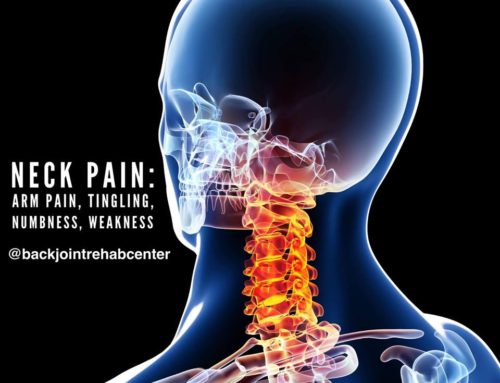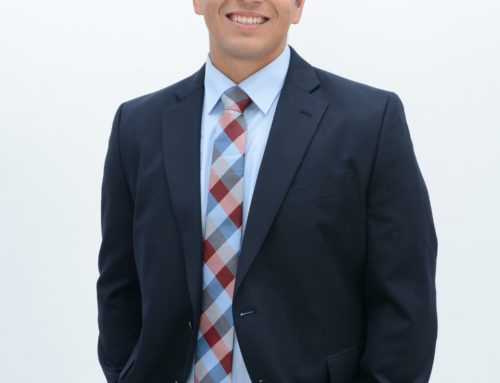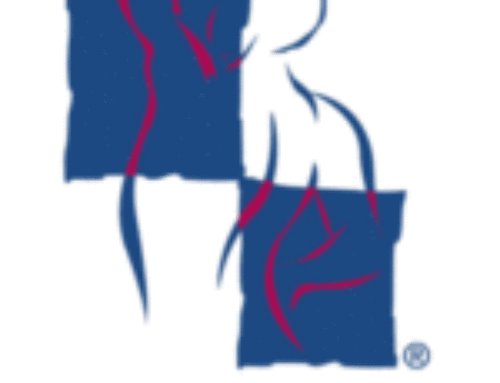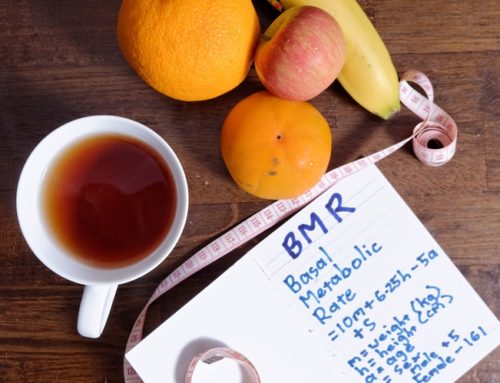Part 5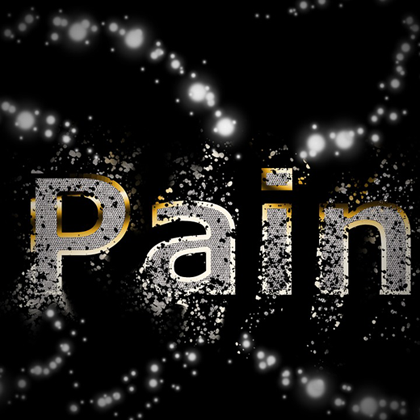
We hope you are enjoying this series of information regarding low back pain. If you would like to receive our monthly newsletter, please subscribe by visiting our website and subscribe to our YouTube channel – where we post exercise videos and health tips.
In the 5th part of the 5 part series, we discuss the myth of having a weak core being the source of you throwing your back out. When discussing a weak core and the relationship it has with low back pain; you must understand the purpose of muscle and its function.
The function of muscle is to propel us for locomotion, whether that entails movement, stability, or both. Muscles are under the control of the nervous system. Muscles function according to what your brain tells them to do. They do not act independently or regionally, they act in patterns. All movement is predicated on the way the brain predetermines what is to come, what is happening, and what is expected to happen. The brain prepares, performs, and adjusts accordingly using muscles as a method for locomotion.
Thus far, we have presented 4 parts of the 5 part series “5 Things your Doctor doesn’t tell you about Back Pain”
Click to Read Part 1 Disc Bulge, Protrusions, Herniation(s) are Extremely Common
Click to Read Part 2 Not All Lumbar Disc Bulges, Protrusions, Herniation(s) Require Surgery
Click to Read Part 3 Everyone has Some Form of Degenerative Disc Disease, Spine Degeneration
Click to Read Part 4 The Truth about Sciatica– You May Need Pain Medication, Rehab, or Both
-
Debunking the Weak Core Myth: “Throwing Out Your Low Back”
While, a strong core makes you more resilient to low back problems; majority of the time, it is not the culprit for your injury. When comparing the strongest, most active individuals to the weakest, most sedentary individuals, both have consistently reported problems and pain concerning the low back. A measure of strength has little to do with “Throwing Out Your Low Back”; a measure of strength demonstrates the capacity to withstand a certain endurance, difficulty, or load of an activity.
The onset of most back pain is frequently triggered with activities that we perform daily.
Majority of the time, people “throw out their back” with activities they have performed thousands of times such as bending over, getting out of a chair, getting out of bed, reaching for an item, or other daily activities. Unless you have injured your low back specifically while undergoing an activity that was deliberately outside of your physical capacity and, most likely, an activity that you do not visit frequently; the reason you threw out your low back was not because of a “weak core”. This is a myth that is revisited quite often because of the lack of pain classification to the low back condition.
Let’s Dive a Bit Deeper into this Myth. What Stabilizes your Spine?
Is it Muscles? Is it Intra-Abdominal Air Pressure? Is it Both?
If you answered, both. You are correct.
But which does a significantly better job?
The answer is Intra-Abdominal Air Pressure. The core is a cylindric entity that consists of 6 walls:
- Front Wall: Abdominal Musculature
- Back Wall: Paraspinal Musculature
- Left Side Wall: Left Oblique Musculature
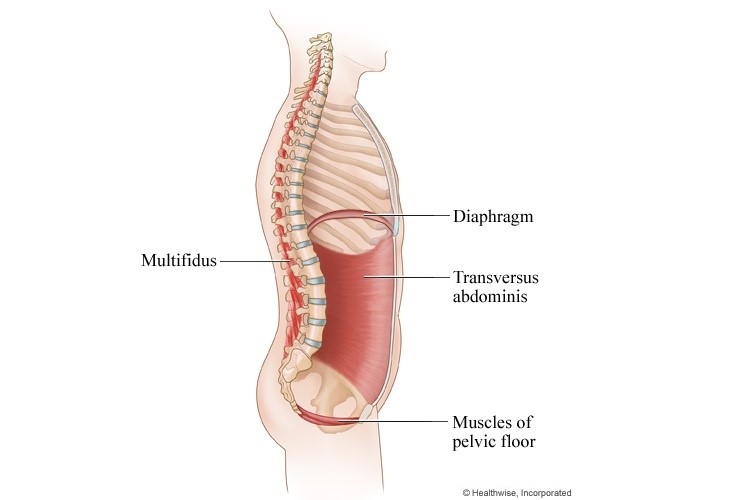
- Right Side Wall: Right Oblique Musculature
- Top Wall: Diaphragm
- Bottom Wall: Pelvic Floor Musculature
As you can see in the diagram, the core is as it sounds; a core area that is enclosed. Within that area is pressure. This pressure varies with inhalation and exhalation of breath. The lungs are positioned in the chest. The diaphragm sits below the lungs. If the lungs require more space to obtain more oxygen, this requires the diaphragm to move downward as you inhale. With downward movement of the diaphragm, this engages the muscles of the pelvic floor which in turn creates the Front, Back, Left Side, and Right Side Walls of the Core to expand 360 degrees. The pressure in the abdominal & pelvic cavity increases. When this pressure is increased, it creates an enormous amount of stability for the spine. Air pressure is stronger than muscle. When muscle tries to be stronger than air pressure, a hernia is produced. Air pressure is very powerful and easy to generate; all with a simple breath.
Think of the weight lifting belt; it is not a physical resource of support because it is pliable. You can bend and twist the weight lifting belt, unlike a cast that is applied to broken bones. A cast is an example of a physical resource. You cannot bend or twist the cast; it is very firm in it’s structure. The weight lifting belt is an example of a physiological resource. The weight lifting belt allows for opportunity of furthering the amount of intra-abdominal pressure created, thus feeling more supported when you wear the belt.
Now, a strong core can definitely help you be preventative; but it won’t fix nor was it responsible for you throwing out your back.
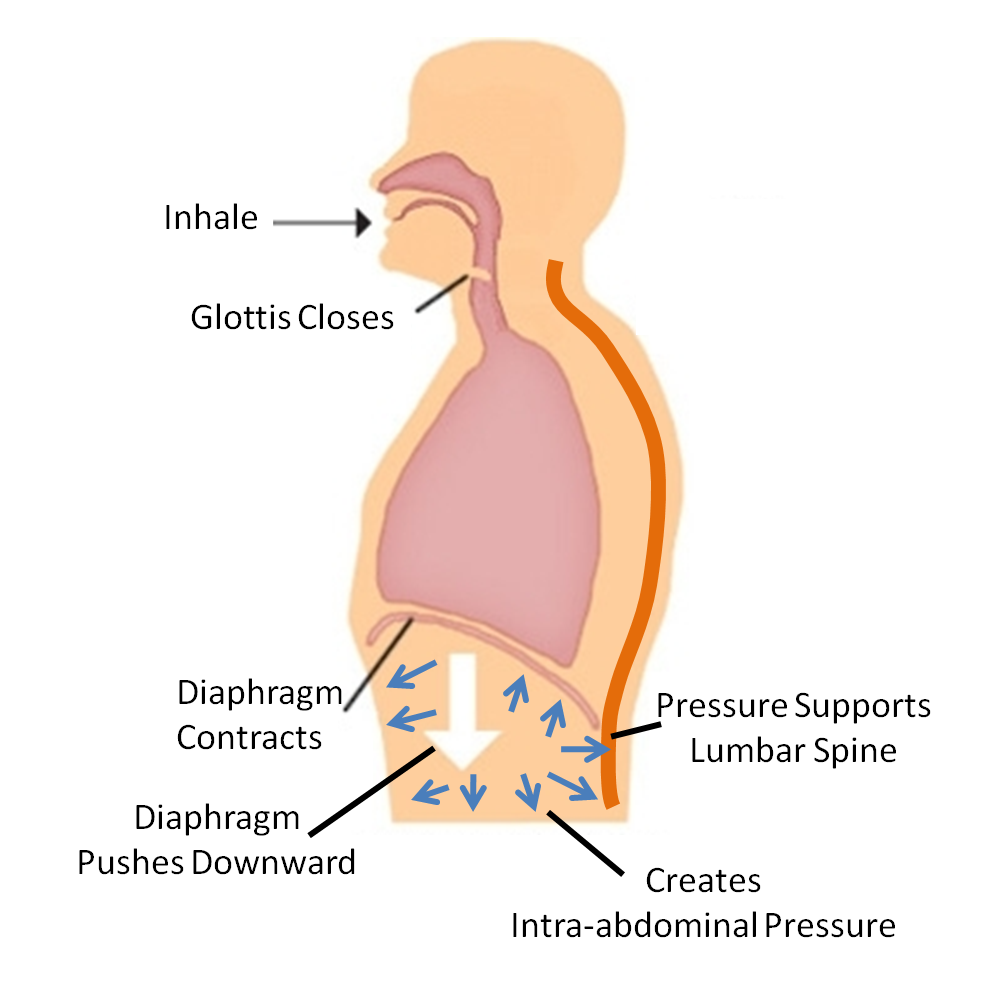 Think about it this way; if the weak core is the reason you injured your back, then strengthening the core should solve your pain and problems. Majority of the time, we know it does not; this is because the pain mechanism is not due to a weak core.
Think about it this way; if the weak core is the reason you injured your back, then strengthening the core should solve your pain and problems. Majority of the time, we know it does not; this is because the pain mechanism is not due to a weak core.
So, coming back to the Weak Core Myth. If you didn’t throw out your back because of your weak core, then why did you throw it?
The way we move our lumbar spine has a huge influence in our presentation and how we feel. The mechanics of the lumbar spine should always respect the anatomical limitations. This means that the way you repeatedly move the low back or position your low back through posture has produced symptoms and limitations of movement. The strategies in which you load your spine through movement and posture are the why reasons you “threw out your back”. The sum of all the repetitive and cumulative hours spent in poor postures, poorly moving, or lack of movement has lead you to throwing out your back.
The loading strategies that you place onto your low back daily through repetitive movement or postures is essential in preventing and resolving back problems. The range of motion in your low back provides mobility which is a pre-requisite for movement, but so is stability. Both characteristics are pre-requisites for movement and are necessary for a healthy pain free low back. Because moving better will result in feeling better.
We are Dedicated to Get you Better Through Movement…
If you have been diagnosed with low back pain or are experiencing shooting pain, call now. We can help.
FOR APPOINTMENTS, CALL (219) 310-8822
Dr. Artemio Del Real DC, Cert. MDT. October 2016

